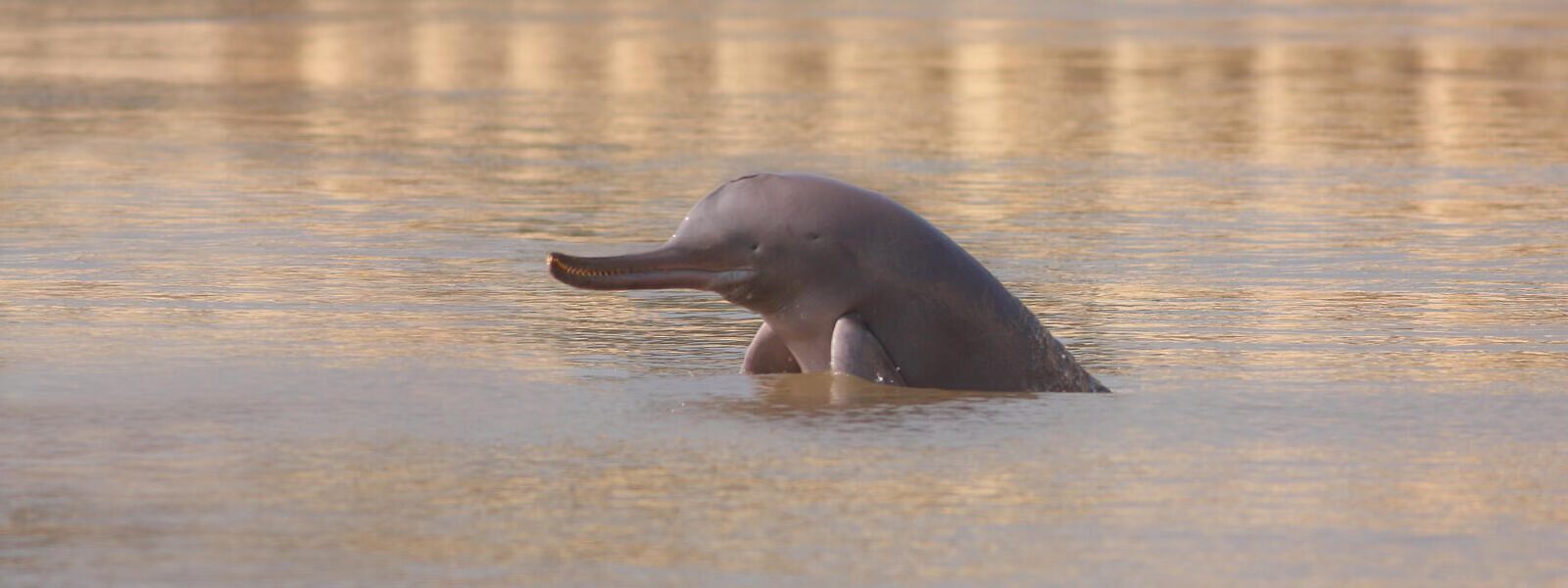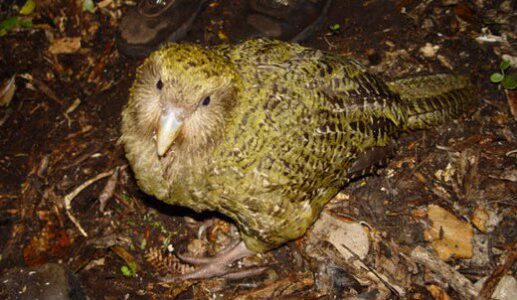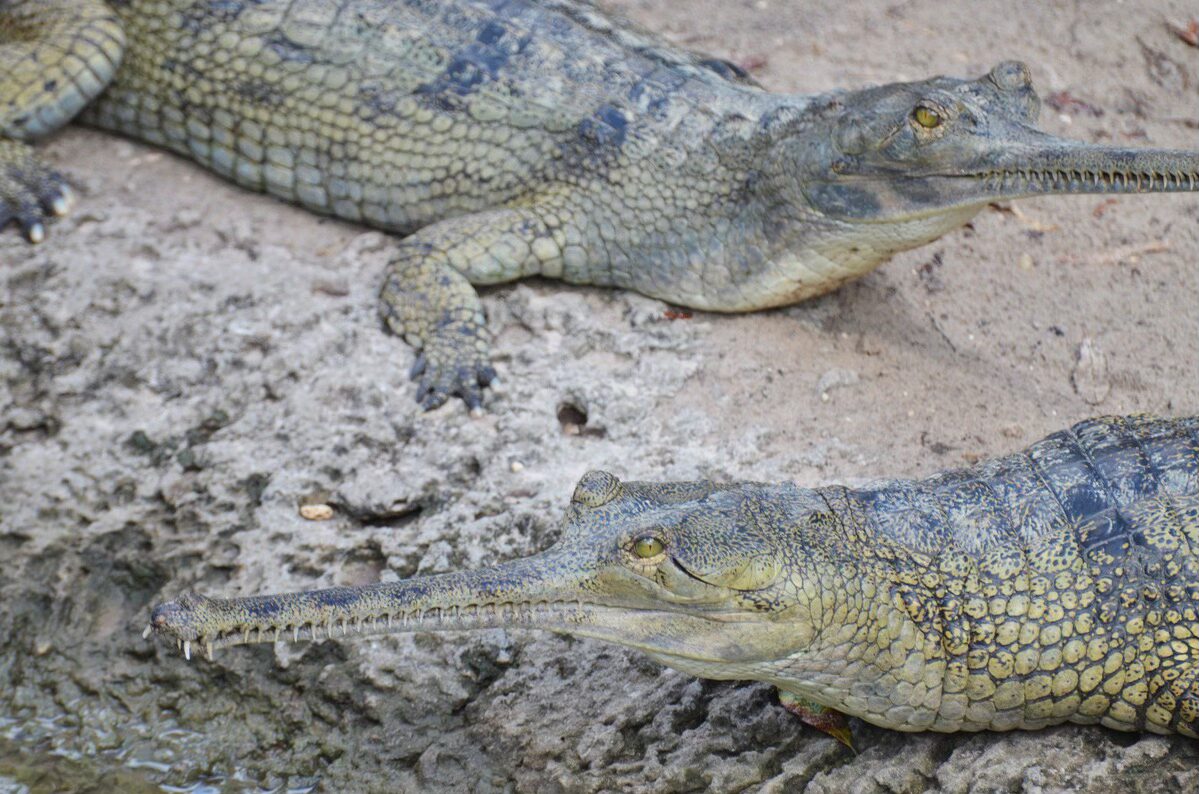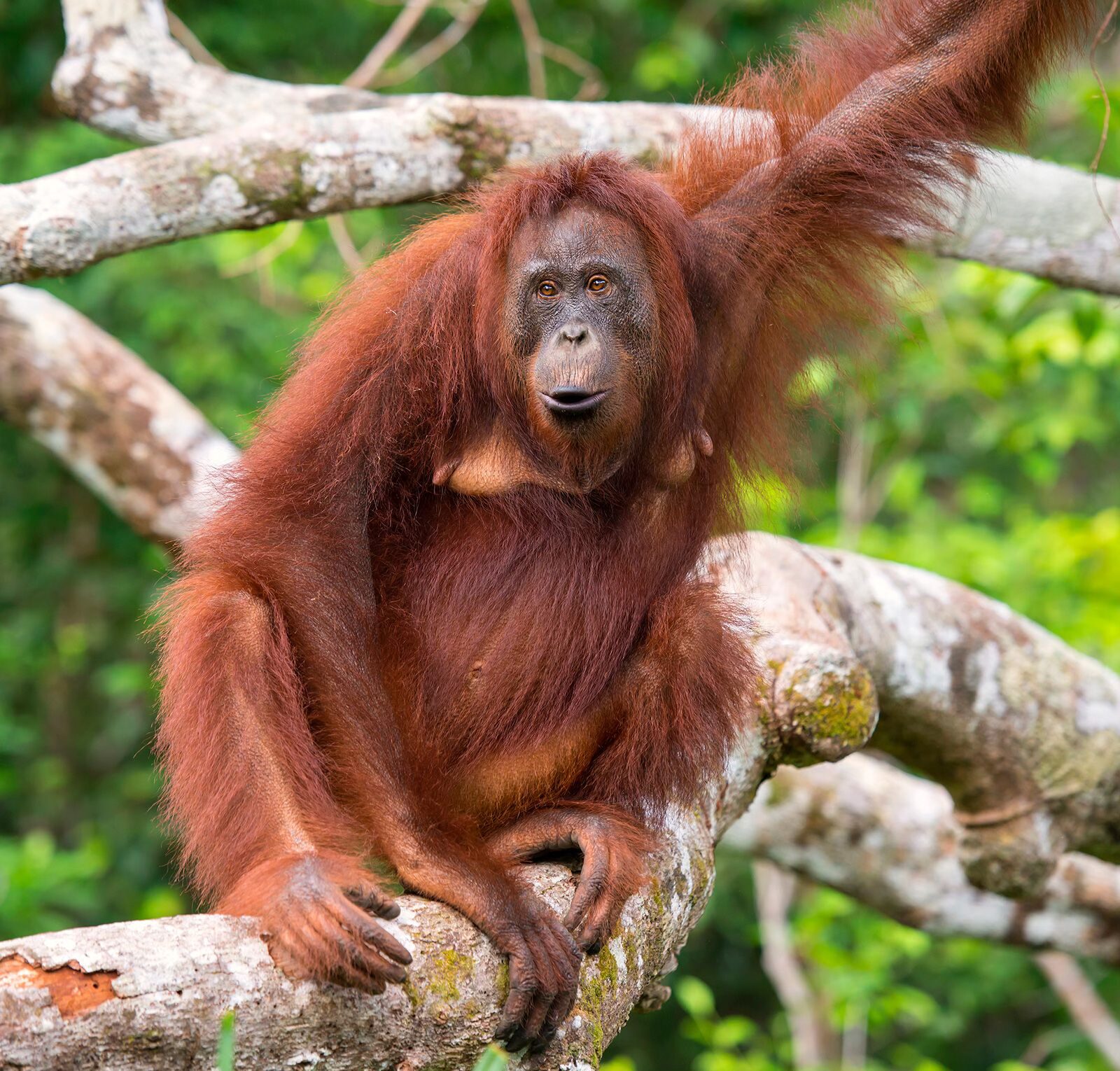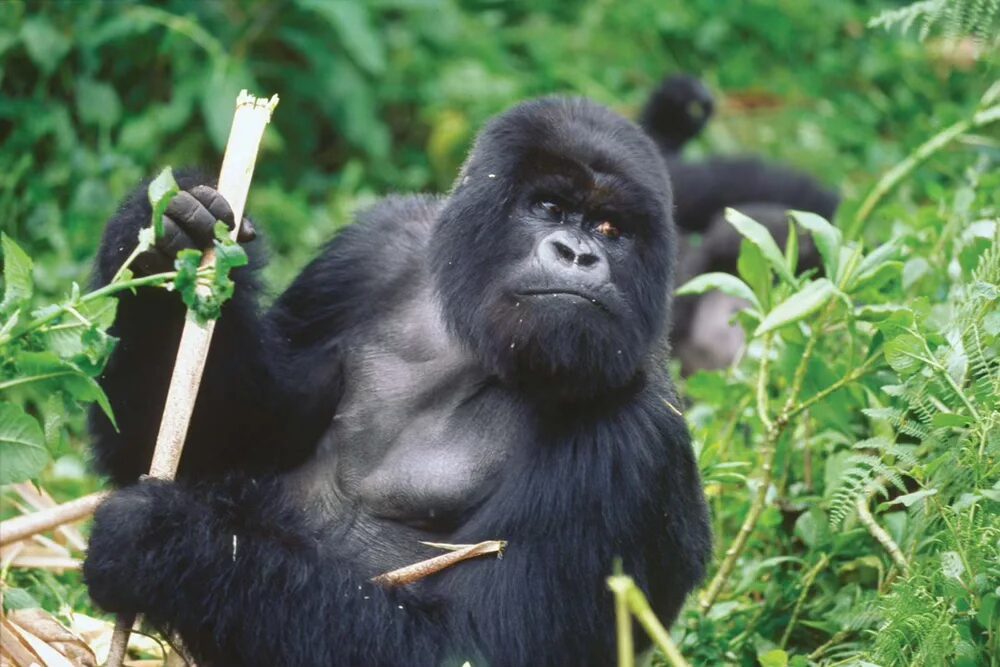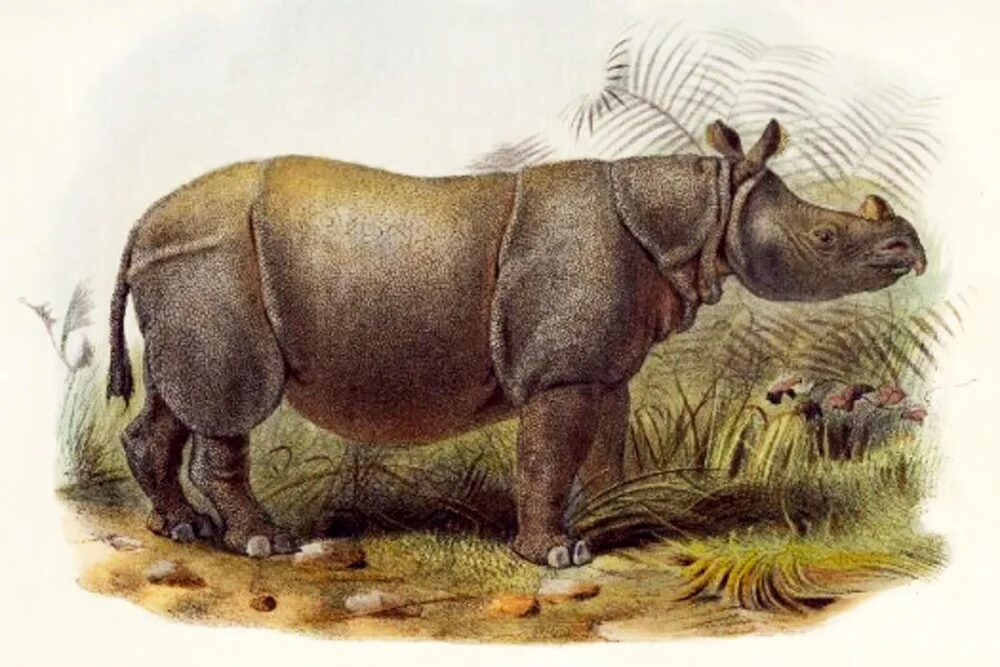Among black and white rhinos, black rhinos are the smaller of the two African rhino species. Black and white rhinos can be distinguished by the shape of their lips. Black rhinos have hooked upper lips, whereas white rhinos are characterized by a square lip. Black rhinos are browsers, rather than grazers, meaning they are herbivores who do not feed on low-growing vegetation, and their pointed lip helps them feed on leaves from bushes and trees. They have two horns, which grow continually from the skin at their base throughout the rhino’s life (like human fingernails). The front horn is longer than the rear horn, averaging around 19 inches long.
The population of black rhinos declined dramatically in the 20th century at the hands of European hunters and settlers. Between 1960 and 1995, black rhino numbers dropped by a sobering 98%, to less than 2,500 individuals. Since then, the species has made a tremendous comeback from the brink of extinction. Thanks to persistent conservation efforts across Africa, black rhino numbers have doubled from their historic low 20 years ago to more than 6,000 today. However, the black rhino is still considered critically endangered, and a lot of work remains to bring their population up to even a fraction of what it once was—and to ensure that it stays there. Wildlife crime—in this case, poaching of rhinos for the illegal international market for their horns—continues to plague the species and threaten its recovery.


